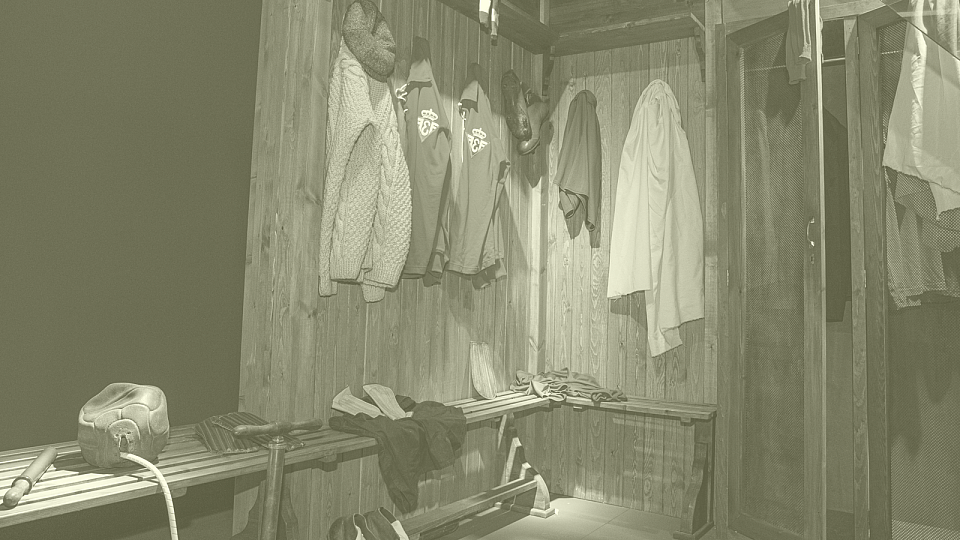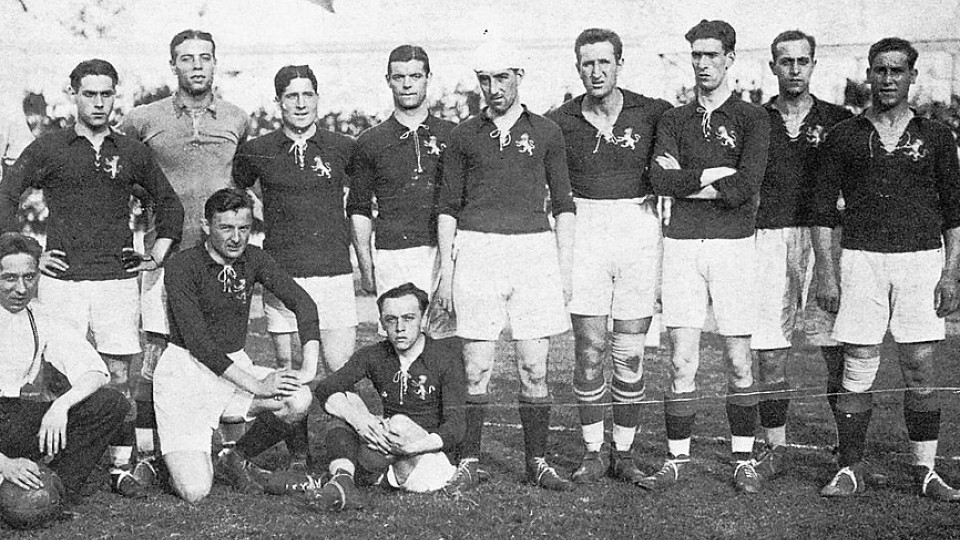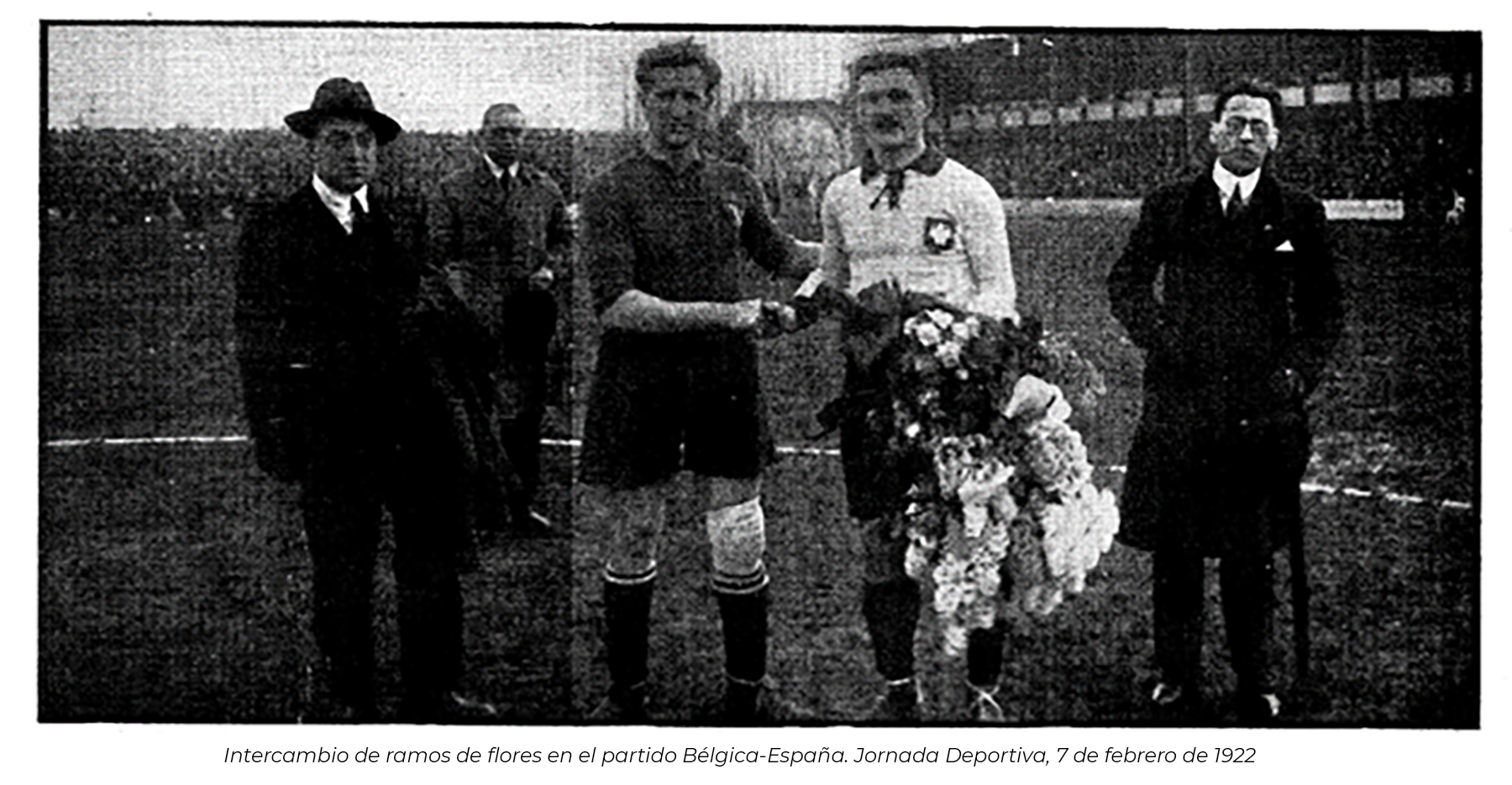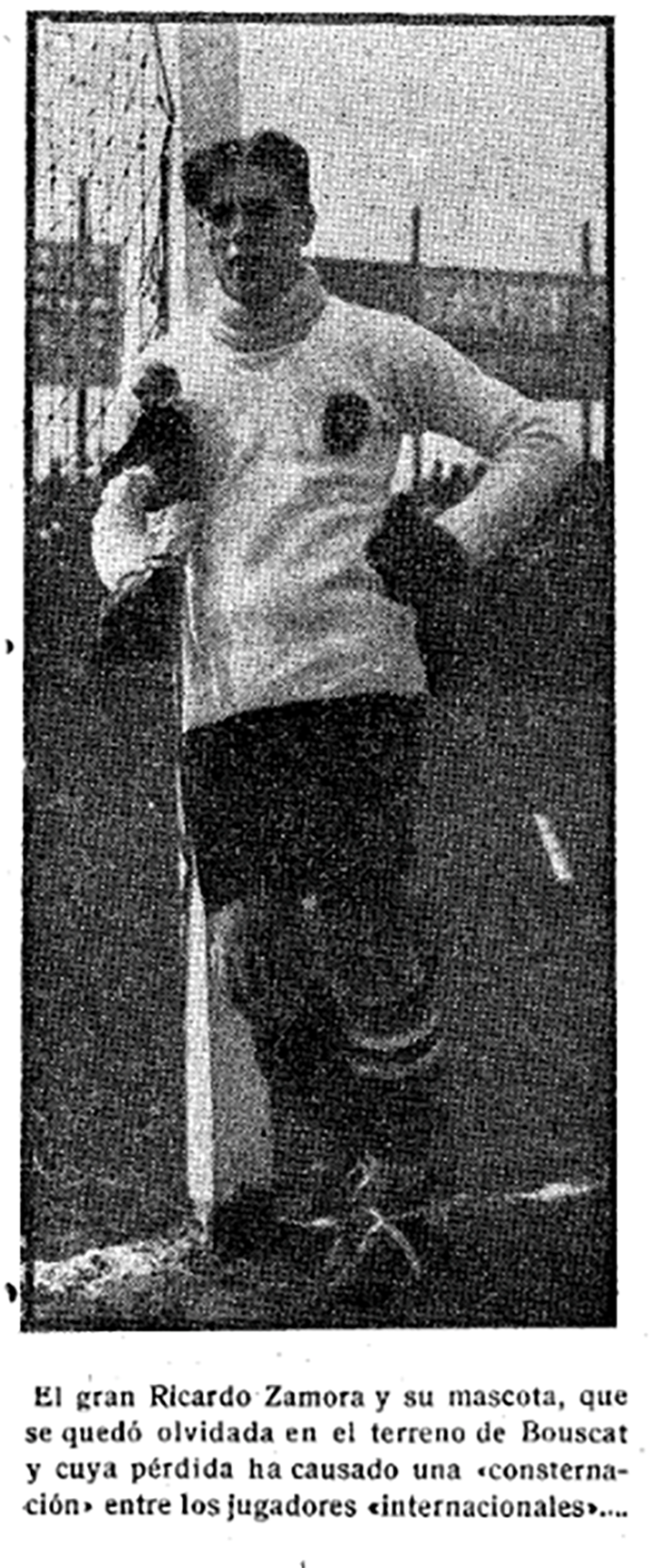History of the National Team part 2: In the shadow of Olympic success and trying to maintain an air of invincibility

The peculiarities of the 1920s form part of the second chapter of the History of the Spanish National Team that RFEF.es is here to share; years in which the national team goes through a period of instability in its early years of growth. At the same time, the modern figures of the star footballers began to emerge, as well as traditions and superstitions, that today sound somewhat archaic, were established
After the success of the Olympics, the rest of the decade of the 1920s consisted of a constant attempt by the National Team to prove that there success in Belgium was no fluke and that the Spanish team’s style of play rightfully placed the national team among the great international teams and at the top table of world football.
And the truth is that the results and the matches passed them by somewhat, at least until 1924: in 1921 Spain succeeded in achieving a positive result in Antwerp (Belgium), winning by 2-0, a match that was preceded by a gentlemanly gesture from the Belgians that demonstrated the prestige of Spanish football and that years later Pagaza would recall:
"We had a moment of extraordinary emotion. It was when, after the two teams had formed in the centre circle, the Belgian federation delegate approached us and, together with the captain of his team, Hansen, proceeded to present them their international caps. It was as if the Olympic champions wanted to show their sympathy to the runners-up.”
In December of the same year, at Madrid's O'Donnell stadium, the national team beat Portugal 3-1, with two goals from Alcántara and a magnificent header from Meana, from a Pagaza pass.
Almost 30 years later, one of the debutants against the Portuguese, in the sports daily newspaper Marca, Luis Olaso (Atletico Madrid), would recall some of the anecdotes surrounding the match that describe what football was like in those years and the difficulties the national team faced in gelling as a team.
For example, in 1949 he recounted that in the 1920s there were no such things as training camps "That's the new style. We were all at home except for the players selected who were from distant provinces, who stayed at the London Hotel". Preparation for matches was very scarce "there was only one training match against a Castilian team, who we beat by one goal to nil... on another occasion we did a few exercises and some ball work drills in training", all of which led to a lack of understanding among the players "we forwards didn't understand each other very well" he recalls.
There were two highly symbolic victories in 1922: a 4-0 away win over France and a 2-1 win over Portugal. The trip to Lisbon was a true reflection of the conditions in which the players travelled and what it meant to be an international in those days, as Olaso recalled:
"I remember that, on the return trip, we went on a freezing cold train, surrounded by heaters. The accommodation was very rustic. Sometimes we had to sleep two players in the same bed. On one occasion, there were squad members who arrived back before me and occupied the beds, so I was forced to sleep on a fold-up chair, with my socks on, as my feet were sticking out.”
In Bordeaux's Bouscat stadium, the national team scored two goals from Travieso and two more from Alcántara to secure a thumping win. In Lisbon, goals from Piera and Monjardín made Spain the dominating force of Iberian football. In 1923, they notched up another victory (3-0 in Atocha against France with two goals from Monjardín and one from Zabala).
Then, Spain lost 1-0 in Belgium in what became their first defeat in two years, but this did not shake the team's self-confidence or the aura of "invincibility" that surrounded them
The first Spanish national team hat-trick
Shortly afterwards, the national team returned to the path of "invincibility" with a 3-0 win over Portugal. On 16 December 1923, José Luis Zabala Arrondo, Deportivo Oviedo striker, one of the two clubs that would later merge to form Real Oviedo, scored the first hat-trick in the history of the Spanish national football team.
These early years of the national team lacked continuity on the bench until 1929 when a certain stability was established. Between 1920 and 1924, twelve different names passed through the position, alternating between single managers (Luis Argüello) and Technical Committees made up, on most occasions, of two or three man teams:
| YEARS | SELECTORS |
|---|---|
| 1920 |
Francisco Bru, José Ángel Berraondo, y Julián Ruete 28-08-1920/06-09-1920 |
| 1921 |
José Ángel Berraondo, Manuel de Castro y Julián Ruete 07-10-1921 |
| 1921-1922 |
Manuel de Castro y Julián Ruete 18-12-1921/17-12-1922 |
| 1922 |
Manuel de Castro, Salvador Díaz y José María Mateos 30-04-1922 |
| 1923 |
Luis Argüello 28-01-1923/04-02- |
| 1923 |
José García Cernuda y Pedro Parages 16-12-1923/09-03-1924 |
Two major problems were to plague the national team throughout these years: the lack of cohesion due to the limited number of dates available to bring the internationals together; and, together with this, the persistent presence of regional rivalries that became both sporting and sometimes even personal. There were few opportunities for the national team to gel and bring themselves together. Until the 1924 Olympics, Spain had played only eight games and even these were very spaced out: more than a year passed between the Olympic silver medal and their next game. There was a gap of eight months between the two games in 1922 and 10 months between the match against Belgium and the one against Portugal in 1923.
Closely linked to the lack of understanding, due to the lack of preparation before the games and the few matches played by the national team, was the criticism from some parts of the media who jumped on the team for its apparent weaknesses tactically, which, of course, is normal for a team that had not had much of a chance to work on how to play due to the aforementioned lack of the training camps (two or three a year), and with a constantly changing Selection Committee that saw its members coming and going throughout these years.
The 1920s also saw the emergence of two other elements that characterise the history of the national team: the first idols of Spanish football and the pre-match rituals that would take on both by fans and the players themselves in the lead up to a match.
Another example of similar calibre is Paulino Alcántara, who scored both goals in the 1921 victory over Belgium in San Mamés. His goalscoring streak extended through 1921-22: he scored two more against Portugal and another two against France.
On one occasion, one of his powerful strikes broke the French net and earned him the nickname "Netbreaker". It happened on 30 April 1922 when Spain played France at Le Bouscat stadium in Bordeaux, a loose ball was headed in by Alcántara and the power he put into the ball opened up a hole in the net, which could not handle the impact of the header. At that moment, El Romperredes (the Netbreaker) was born.
But if there was a new idol almost on a par with Zamora, it was José (Josep) Samitier Vilalta, born in Barcelona on 2 February 1902, who became the youngest player to wear the Spanish national team shirt after playing in the 1920 Antwerp Olympics at the age of just 18.
Samitier became a fans favourite in the forward and inside forward positions. El Mago (the Magician) was capped 21 times, scored two goals and took part in two editions of the Olympic Games: in addition to Antwerp 1920, he also featured in Paris four years later.
Where that early football differed completely from what would come later was in terms of the salaries of the players, especially in those years when amateurism dominated. In an interview in the 1950s, Piera recalled the conditions on the 1923 trip to Belgium:
"Salaries were practically non-existent and we were at the mercy of the clubs if we wanted to live with any decency, because amateurism was considered a matter of faith at the time. Signing on fees and bonuses for matches won or drawn were conspicuous by their absence, and so, when we were selected to play in Portugal, France and Belgium, we were notified that we would be granted a daily allowance of fifty pesetas, with which we would have to pay for our hotel expenses. In Lisbon and Paris, there were a few pesetas left over, very few, but they were left over. But the exchange rate with Belgium was unfavourable to us, and, having been warned in good time, we took precautions: the Basques, being more careful with their money, went to a type of boarding house, while the rest of us even had to pay out of our own pockets to be able to stay at a hotel. The next day the Basques turned up without having eaten and feeling dead tired, as the "bed bugs" had given them a hellish night. The Spanish officials intervened and we would then all be based at the same hotel.”
On the other hand, superstitions soon made their presence felt, and some players had their own habits or superstitions: for example, Ricardo Zamora went to the stadiums "escorted" by a pet, whose loss would then cause real grief in the team.


